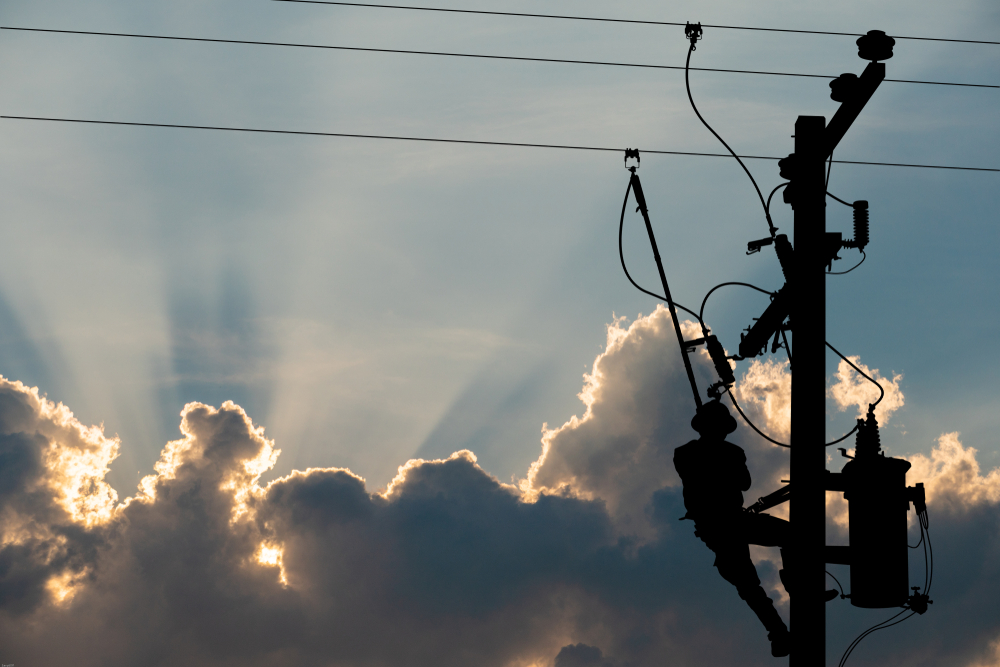A kWh Saved is a kWh Saved: Why Energy Efficiency Still Matters

In 2022, the U.S. consumed 4,050 terawatt-hours of electricity, a figure that has continued to rise over time and promises to rise exponentially more so. Increases in electricity usage are tied to multiple factors including widespread global electrification and decarbonization efforts; increased EV manufacturing which leads to higher charging needs; and the erratic temperature and weather extremes caused by climate change. Combined, these challenges have increased public demand, threatening grid stability. Fortunately, energy efficiency, typically measured on an annual basis, can be used to help utilities meet peak demand at a low cost relative to other available tools, according to a study from the Lawrence Berkeley National Laboratory.
Why Energy Efficiency Matters
Balancing the grid is no small task, one made that much more challenging by the encumbrance of distributed energy resources (DERs) like electric vehicles (EVs) or batteries. On top of that, for almost the last decade each year has successively hit higher temperature extremes. These high temperatures have caused even further stress to a grid struggling to meet demand. Lastly, modernizing the millions of miles of transmission and distribution lines will require trillions in spending, albeit much more if preventative measures aren’t enacted soon.
Energy efficiency initiatives and demand response conservation efforts, two parallel strategies, can mitigate some of these challenges. Energy efficiency generally refers to educating the public about ways to conserve energy. This behavioral approach appeals both to consumer budgets, as energy conservation lowers utility costs, and to their sense of altruism in helping one another within the community. Demand flexibility initiatives like demand response, EV managed charging, and more are device control events called by utility program managers to conserve energy during peak times of conservation. For each, conservation leads to lower energy costs to meet consumer needs during peak demand, while enhancing grid resiliency.
What We Learned From The Berkeley Lab Study
The Berkeley Lab study introduced two new acronyms: PA CSE, which stands for the program administrator cost of saving electricity; and PA CSPD, which stands for the program administrator cost of saving peak demand. The lab’s Electricity Markets & Policy Group gathered data on costs, energy savings, and peak demand savings for electricity programs at 36 IOUs and other PAs in nine states from 2014 to 2017.
During the three-year study period, the savings-weighted PA CSE averaged $0.029 kWh, and the savings-weighted PA CSPD averaged $1,483/kWh. These costs represent potential savings, which can scale as your program evolves to include more customers. In fact, not only are successive generations more sensitive to climate change and energy usage, but research repeatedly indicates that consumers are willing to cede device control to preserve continuity of service and save money.

Source: Lawrence Berkeley Labs
There are many ways to reduce peak demand, with energy efficiency as part of the mix. As the study’s abstract notes, “With an increasing need for a more flexible and resilient electricity system, and changing costs for generation, utilities, and other efficiency program administrators must take into account all characteristics of efficiency programs—including peak demand reduction—to ensure a reliable system at the most affordable cost.”
A kWh Saved is a kWh Saved: Why Energy Efficiency Still Matters
Whatever the source, it all adds up (or down, in this case). To meet the needs of tomorrow, utilities will have to balance infrastructure updates with non-wires alternatives like energy efficiency and demand flexibility strategies designed to better conserve and manage the existing energy supply, load shifting to better meet needs. Through the use of a distributed energy resource management system DERMS), DERs provide opportunities to conserve and redistribute energy when and where it’s needed the most. And while load management remains a priority, energy efficiency plays a critical role in overall peak reduction.
This article was originally published on January 13, 2020, with updates on November 17.





